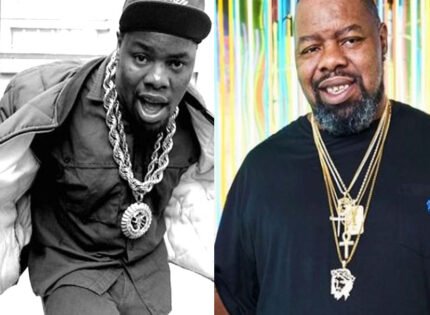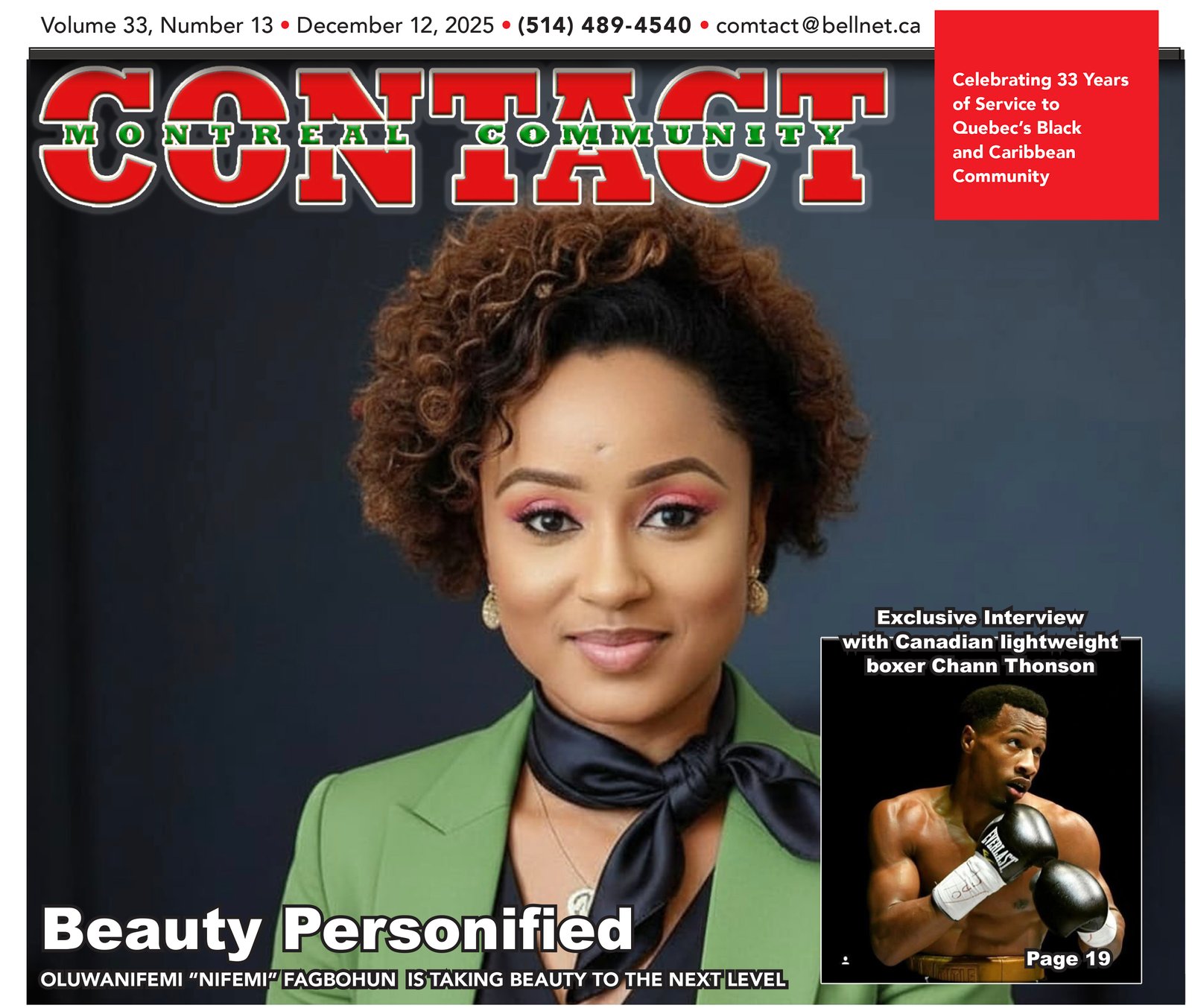 This August, Hip-Hop will celebrate its 49th year in the world of music.
This August, Hip-Hop will celebrate its 49th year in the world of music.
What started as a low-budget experiment put together by a South Bronx disc jockey has turned into the cultural zeitgeist.
The role of women in Hip-Hop is well documented yet seldom discussed since rap is and probably will always remain a man’s thing.
Let’s reflect on the bitter-sweet nature of being a female MC.
Generally speaking, music has been dominated by men, regardless of genre.
In other styles like Pop and R&B, some of history’s biggest names belonged to the womenfolk (e.g., Madonna, Whitney Houston, Beyonce, Barbara Streisand.) In Hip-Hop, however, it has been a treacherous road for women.
From the Golden Age (1987-1992-ish), a handful of women were able to establish themselves as legitimate stars: Roxanne Shante, Monie Love, Yo-Yo, and Queen Latifah would affiliate themselves with respected rap cliques and reach fame by featuring for their posse (for example, Roxanne Shante with the Juice Crew and Yo-Yo with Ice-Cube/Lench Mob).
For the most part, rap fans would accept the contributions brought by these women, which ultimately helped to diversify the macho attitudes of their male counterparts.
Incidentally, the practice of associating with men more famous than themselves came as a double-edged sword for some female MCs. On one hand, they would acquire easy exposure but, on the other, be relegated as sidekicks or even groupies.
As the 90s progressed, the “token female MC” would become more common.
Da Brat reached fame due to her connection to Kris Kross (guys who were 13 years old at the time) and Jermaine Dupri, Lil Kim were a part of Junior M.A.F.I.A, copied Biggie’s style while being marketed as a gangster sex-symbol by Puff Daddy, and Foxxy Brown also fell to the “bombshell” label while associating herself with Jay-Z, LL Cool J, and The Firm lead by rap legend Nas.
Reality was, to become a successful female rapper is to sign a contract that’s going against your benefit.
The majority of those who tasted the limelight were swiftly forgotten after the gimmick got played out.
There are some exceptions.
Lauryn Hill, who made up a third of the Fugees, took most of the recognition over her partners Pras and Wyclef Jean. Their sophomore effort, “the Score” sold 22 million copies worldwide and her lone solo album would reach the same peaks selling 10 million in the U.S alone while receiving a laundry list of awards for her work.
To this day, Lauryn continues to be praised amongst rap fanatics despite leaving music after her MTV Unplugged appearance in 2002.
Another rare success story is Missy Elliott, who, between 1997-2006, would become the most consistent female act in hip-hop history (up to that point).
She achieved six platinum-selling albums, some of which are considered classics like “Supa Dupa Fly.” Her affiliations to Timbaland and Ginuwine proved advantageous to all parties since each act benefited from frequent collaborations reaching stardom simultaneously after spending years in the underground scene together.
By the 2000s, most women in Hip-Hop had flamed out aside from the occasional fad like Eve, who enjoyed mainstream attention from 1999-2002 as a member of DMX’s Ruff Ryders crew.
Another example is Remy Ma, who acquired fame from feuding with fellow women MCs Foxxy Brown in 2004 and later Nicki Minaj (circa 2007-now). The turn of the millennium proved to be bleak times for women, but a savior would burst onto the scene in the early 2010s.
Nicki Minaj was signed to Young Money records in 2009 along with Tyga, and Drake. They would join Lil Wayne and, Birdman in forming the hottest crew rap had seen in years.
All four of her albums are certified platinum (three are multi-platinum), serving as Hip-Hop’s most dominant female MC of the decade; she was a magnet for features, beefs, and polarizing music videos.
However, her success can be chalked up to the same clauses past women had to accept, being in the shadow of bigger rappers (Drake and Lil Wayne) and sexualizing her image for easy record sales.
The blueprint is well established and remains THE marketing scheme to create headway for rising stars.
Newer rappers like Doja Cat, Cardi B, and Megan Thee Stallion have amassed superstardom under the same ploy.
These last three years are the most significant in women’s rap, and yet it still feels cheap. Male artists who are cast as sex symbols don’t necessarily get trapped into playing the Lothario all the time, unlike women.
It makes it exponentially more difficult for women to play a different role in entertainment. Once a woman sells her sexuality, it no longer can be played up as empowering, it then becomes a nuisance.
Most revered women in rap rarely play up their sexuality for better or worse, those who do tend to be leered at rather than be taken seriously.
Underground rappers like Lil Simz, Noname, and Tierra Whack have strong cult fanbases and regularly get praised by Hip-Hop heads despite being overshadowed.
Though things have gotten better, it seems improbable that rap becomes more favorable to women despite the progress of the genre over the decades.
Only time will tell.










